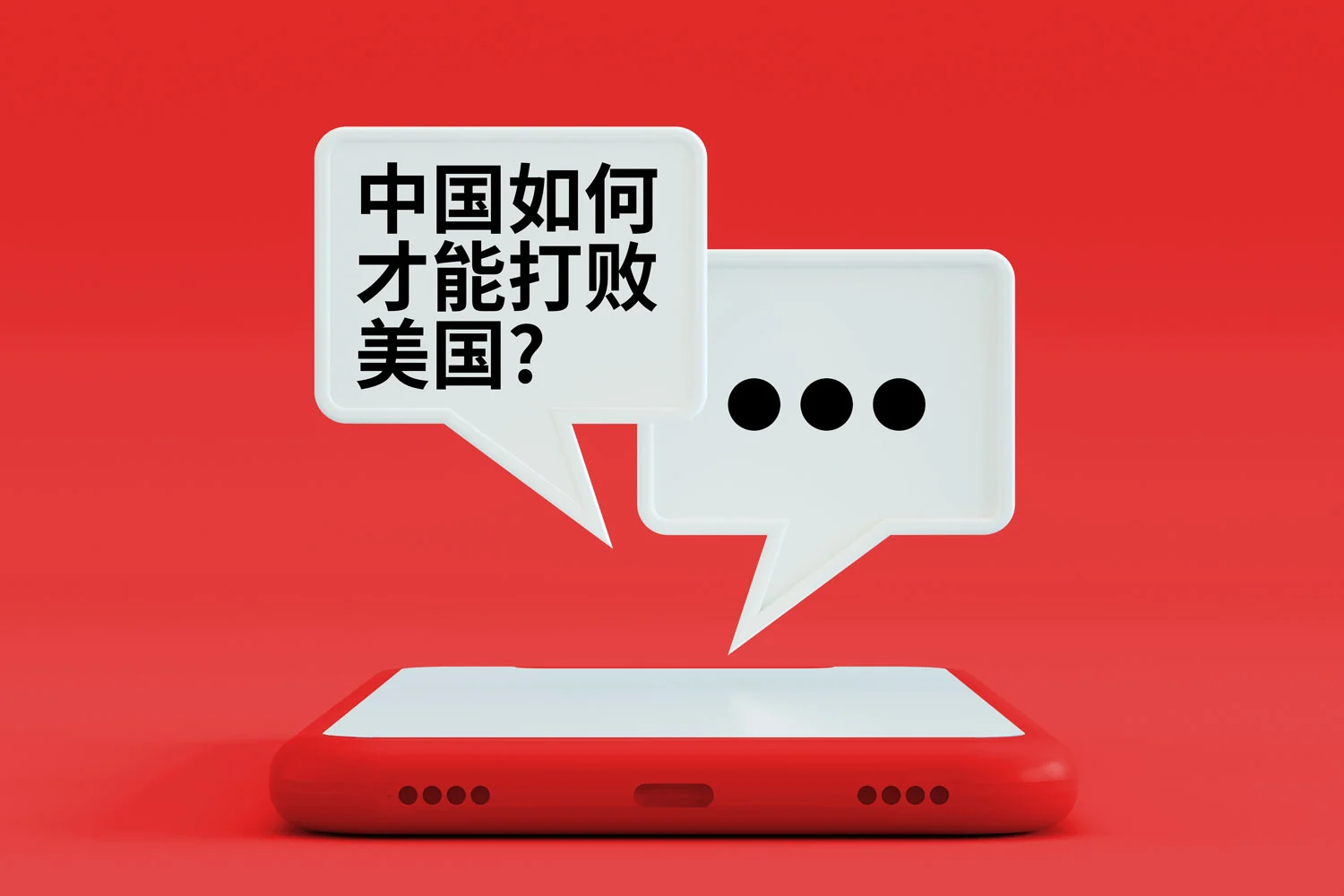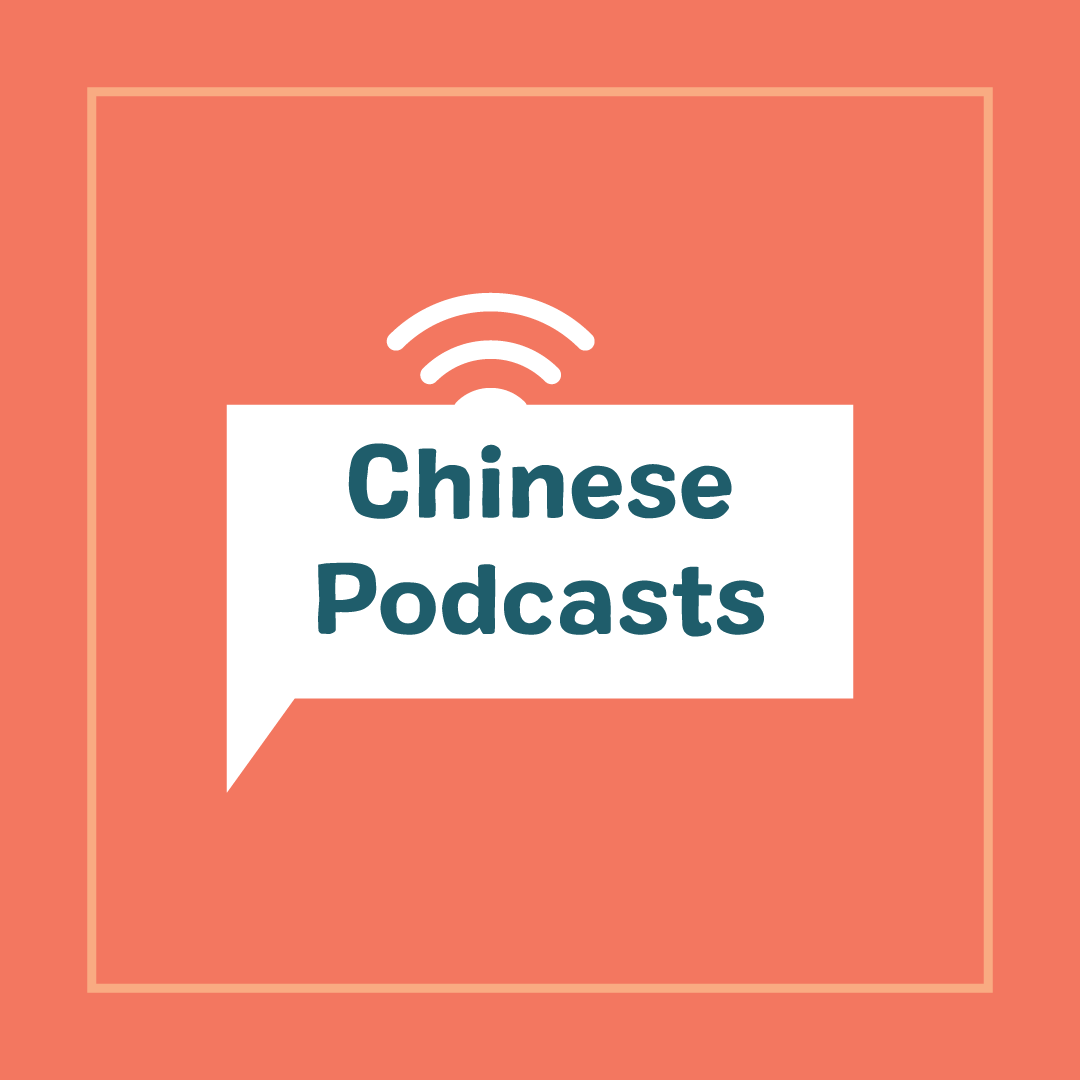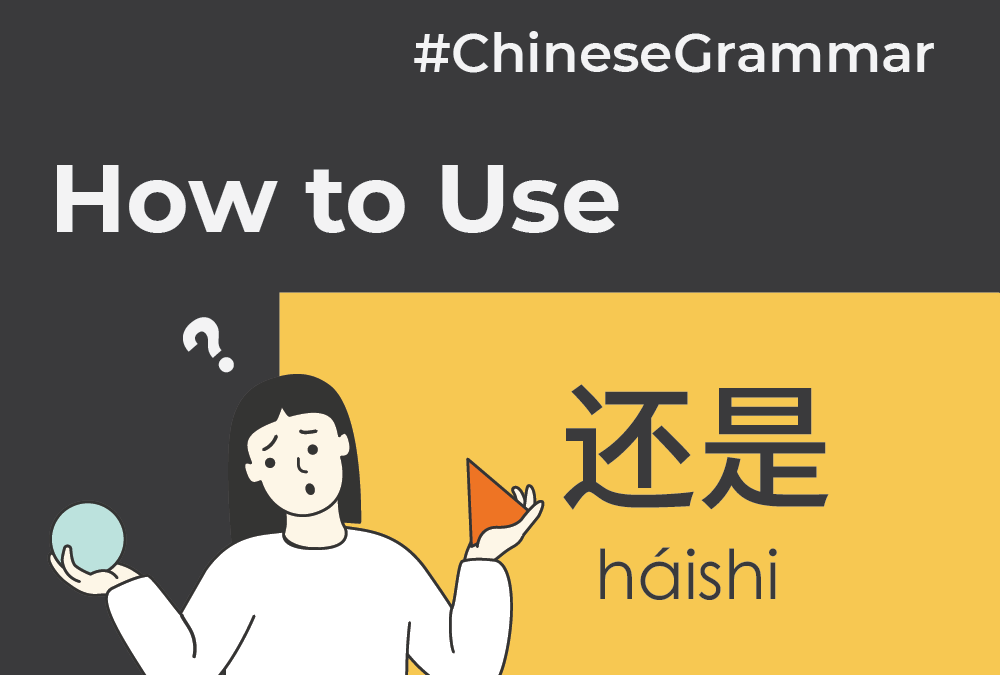Is ChatGPT merely a hype or will the AI language model transform the way we learn Chinese and other foreign languages? What can it do and what can it do not? 5 ways it can assist with learning and practicing Chinese.
ChatGPT is the new tool everybody, including myself, has been hyperventilating about. Here’s one typical example of someone voicing his excitement:
The future of education is here, and it’s called ChatGPT. This powerful language model is going to completely change the way we learn. Like it is already causing complete chaos in the educational system, with ChatGPT, you can say goodbye to spending countless hours reading, researching, and even spending a ludicrous amount of money on expensive tutors. Because AI is here and it’s going to completely revolutionize the way we learn.
https://medium.com/@benjaminampouala/chatgpt-taught-me-how-to-speak-chinese-8f3d59b4beae
And indeed, ChatGPT can produce code for websites and apps, write essays and business plans. It can even share ideas for your best friend’s birthday present and offer health advise. Ask any well-phrased question and get a well-phrased answer back.
My focus, however, is the impact of ChatGPT, as a language model, can have on how we learn Chinese. Can you interact with it like you would with your teacher? Can it correct the mistakes you make? Can it provide examples for unfamiliar vocabulary and grammar points?
01. Chatting with ChatGPT
ChatGPT has some remarkable qualities as a conversational partner. For one thing, he’s (she / it ?) (almost) always there, knows a lot and has endless patience. You can ask him to rephrase or simplify his answers. He doesn’t mind if you switch between different languages, because he understands you anyway, and he doesn’t judge you in anyway. Since the tool is very adaptable, your language level doesn’t matter that much.
Using ChatGPT as a conversational partner might not be as meaningful as chatting with Chinese friends about real life things and the tool (at this point) is entirely text-based. In terms of language practice it boils down to writing and reading. However, depending on your language goals ChatGPT can be very rewarding and even addictive, since it never gets tired of answering your questions.
Even silly questions like this one. I asked if Xi JP and Putin are “good friends”. Typically, the sharper the question, the better the answer. In this case, a good follow-up question might have been where and when the two world leaders met? Unlike a search engine, ChatGPT is able to hold conversations, meaning you can refer to things previously discussed and go in all kinds of directions. You could ask about Xi JP’s Chinese nicknames for that matter or request a Song dynasty style poem about the man. The only limit is your imagination (and ChatGPT’s ethical standards).

02. Building vocabulary and practicing grammar with ChatGPT
Besides chatting you can use ChatGPT as an interactive dictionary to ask any question you have about Chinese vocabulary or grammar. Dictionary apps like Pleco provide only a limited amount of example sentences, ChatGPT can generate as many as you want. Certainly, there are other tools for sentence mining, but ChatGPT does a good job at it. Here’s an example with 啤酒:

But maybe you want to look into common word combinations first. That’s also no problem as this example with 怀疑 shows:

You can extend and fine-tune this with synonyms, antonyms, homophones and what have you to the point you get a comprehensive picture of new vocabulary you’re studying.
The same goes for grammar. Here I asked a rather general question:

Again: the more specific the question, the better the answer, but I still think the explanation and examples are well-structured and useful.
03. Generate Chinese texts to read and study for your level
ChatGPT cannot merely act like a walking and chatting dictionary, the language model has quite a writing talent too. It allows you to generate text on any topic, of any length and language level. If you like graded readers, you can have ChatGPT write one especially for you, like I did with this short story:
You don’t like the plot? Give it a little twist:

Just as easily, you can request ChatGPT to shorten the text to 300 words, make it simpler (HSK 4) or even to create “fill in the gap” exercises.
04. Ask questions your teachers can’t answer
The downside of a curious mindset is that not all your questions receive an immediate answer. Chinese teachers – like all humans – are sometimes stumped for an answer. There might be communication barriers in play or maybe it’s something unrelated to your lessons you’re curious about. However, now you can try ChatGPT. I had a question about a specific Chinese idiom and how long it has been in use. ChatGPT answered right away.

For yet another idiom I asked if Mao Zedong ever used it in his written work. According to ChatGPT, he did:

ChatGPT had some helpful suggestions for the mnemonics of these idioms as well. It came up with a little story to help remember a tricky idiom like 守口如瓶. But more importantly, ChatGPT can answer all kind of questions that pop up during your learning journey. Some might be more on the meta-level like how to enhance your reading speed in Chinese or concern Chinese culture like how Chinese people celebrate Mid-Autumn festival. But again, there are no limits. Why not ask:
- How to write an e-mail in Chinese?
- How to write a powerful résumé?
- What the main differences between Mandarin Chinese and Cantonese are?
- Anything you always wanted to know about Chinese cuisine, emperors, movie stars, minorities, …
05. Correct your mistakes
Now what about correcting mistakes? I wrote some random Chinese text and asked ChatGPT to correct it. I purposely added some minor mistakes like 香不出来 and 上网上的厉害. This is what I got back:

Not only did he correct these sloppy errors, but also improved the sentence structure with 因为 and corrected 原来 with 以前. ChatGPT was able to elaborate on its corrections as well:

It’s a bit strange to see pinyin with numbers all of a sudden, but more importantly, we understand the “why” behind the adjustments the tool made. Since ChatGPT scanned more Chinese texts a human being is able to read in a lifetime, it does a good job at detecting deviations like unusual sentence patterns and combinations of words.
As a finishing touch, I asked ChatGPT to rewrite this text in formal Chinese. I have no difficulties writing conversational Chinese, but bridging the gap between “ordinary” and more formal Chinese I find hard. This too proved no problem for our AI-tool: 最近我感觉与以往有所不同,但具体问题我一直想不明白。可能是由于工作繁忙,或是近日来网上活动过于频繁所致。In other words, Journaly – a platform and online community where you can practice your writing skills in Chinese and other foreign languages – has a competitor.
Limits using ChatGPT
Although ChatGPT presents its information with no lack of self-confidence, this doesn’t mean the tool is always right. On the contrary, you can’t be careful enough.
First example is this dialogue. It might be my request was too random and poorly phrased, with the result that ChatGPT didn’t bother to provide quality output. This short conversation about the Year of the Rabbit contains some untypical word order and vocabulary issues. I’m not sure what to make of it, but it might be a warning that not every AI-generated freestyle / fictional text is free of errors. Although it also has to be said that this is the exception and not the rule. (If you have feedback about the quality of ChatGPT’s Chinese skills, please let me know in the comments.)

For example two I requested a list of the most used Chinese idioms. As always ChatGPT didn’t hesitate long and came up with a top 10 of popular chengyu. The tool wisely addresses some disclaimers and merely lists a number of widely used idioms. The big question is if the list is accurate. We have no means to verify. We don’t know the source for this information, so we can’t judge if it’s reliable. This is another warning we shouldn’t just take ChatGPT’s answers as gospel truth.

(Somehow, it’s so tempting to think this AI-tool is all-knowing, yet it is not and I’m not completely sure if it’s always aware of the things it doesn’t know.)
Third example: ChatGPT can save your conversations, but as soon you start a new conversation it forgets the last one. This one reason why ChatGPT can’t replace your teacher or tutor and you cannot make mutual progress in any real sense.

Conclusion
Is ChatGPT a game changer when it comes to learning Chinese? Yes and no.
Yes, because ChatGPT is available 24/7, it’s highly versatile and never gets tired of your questions. I examined if you can you interact with it like you do with your teacher, if it can correct your mistakes and help breaking down complicated vocabulary and grammar questions. It can do all these things with ease. It’s simply mind-blowing. Like I demonstrated earlier the AI language model can even create reading material on your level. ChatGPT probably could do 98 % of your Chinese homework within a few seconds.
The questions remains though, how does that impact your learning? How does that bring you forward? And one also might ask if ChatGPT is able to perform tasks that other language learning tools, platforms and teachers can’t?
I like what a colleague of mine said about ChatGPT: buying an expensive drilling machine (or any piece of fancy equipment) doesn’t make you a good craftsman. You have to know how to use it first. ChatGPT is without doubt a powerful tool, but it doesn’t automatically put you on the fast lane towards fluency or whatever your language goal may be. Neither is it (yet) able to replace an experienced Chinese teacher in a meaningful way. In the near future, however, it probably will become clearer that ChatGPT has opened Pandora’s Box for Chinese learning and what this implicates for us learners.





